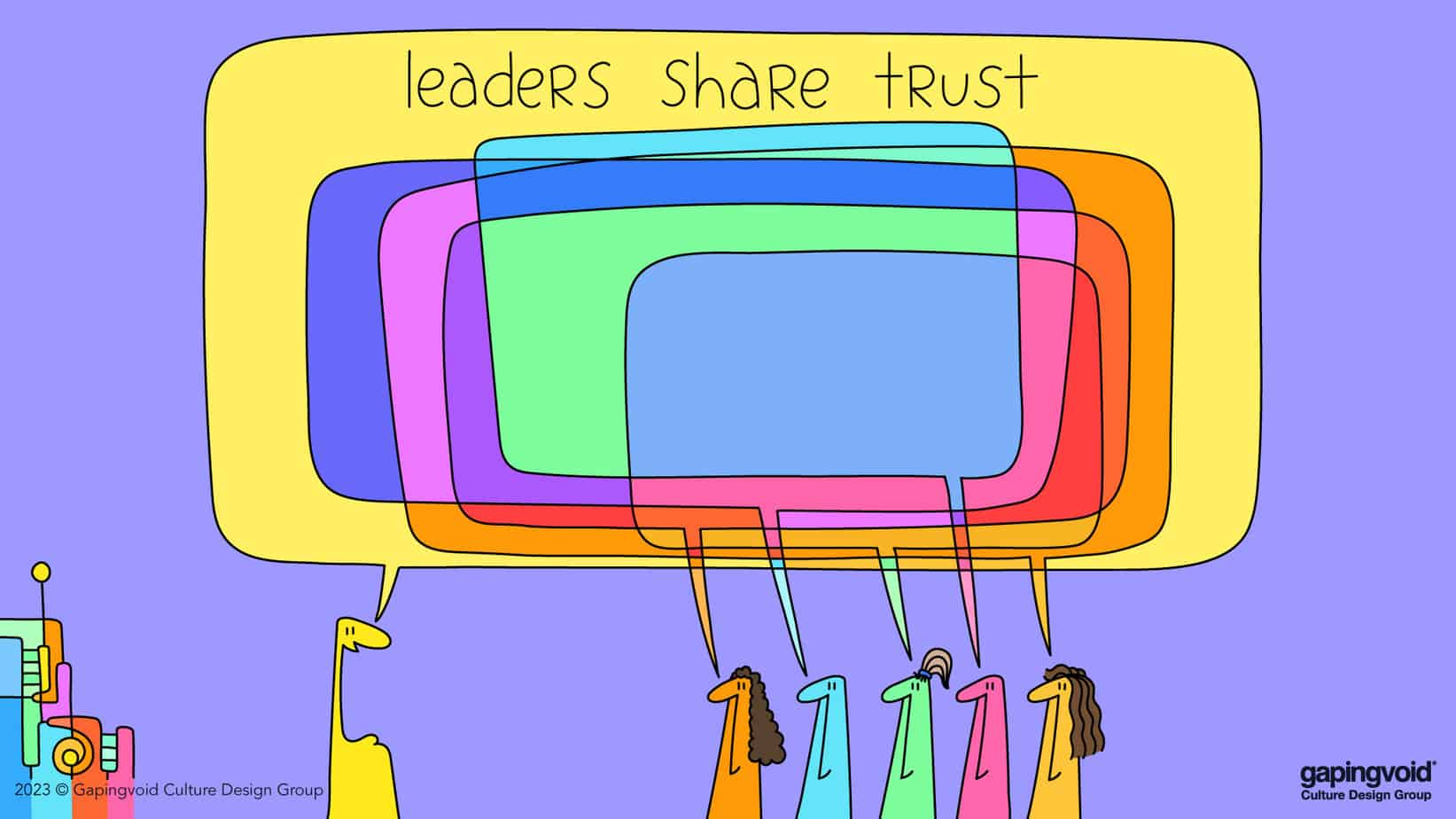
In the lead up to the D-Day invasion, Allied forces would fly surveillance planes over the mainland of France to scope out the territory.
They saw miles and miles of fields separated by small hedges. Not unlike the terrain back in England where the U.S. Army had been training. Easy, right?
Wrong. Because French hedges are not the same as English hedges. A soldier could jump over an English hedge. But a French hedgerow was an average of five meters tall, made up of thick vegetation planted over earthen mounds… essentially an impenetrable wall. Perfect for defenders. Terrible for attackers.
But in the pictures taken from planes, they looked like normal hedges. A reminder that the map is not the territory. There are some things you need to see with your own eyes to understand.
But that’s not the story. What’s more interesting is what enabled the U.S. Army to succeed despite such a major, unexpected obstacle: Its culture.
As Michael Doubler writes in his prizewinning book, Closing With the Enemy: “in its search for solutions to the difficulties of hedgerow combat, the American army encouraged the free flow of ideas and the entrepreneurial spirit. Coming from a wide variety of sources, ideas generally flowed upward from the men actually engaged in battle.”
The army empowered the soldiers on the ground to take calculated risks. To try new things.
This was especially true in communication, where units were encouraged to spread new information they learned as quickly as possible via word of mouth. They also published little booklets of new tactics and distributed them freely (after all, there was no rulebook for hedgerow fighting). Army leadership allowed the men to “be water.”
Guided by their own initiative and the scrappy ideas coming from all levels, they innovated ways to get past the unforeseen obstacles. So, they prevailed in the “bocage.”
The lessons here? 1. Don’t take your mental models for granted. That’s how you get caught off guard. 2. Rigid, command-and-control authoritarianism is a weakness. Fluidity is strength.
The best leaders know this, and they deliberately build a culture that fosters it.



